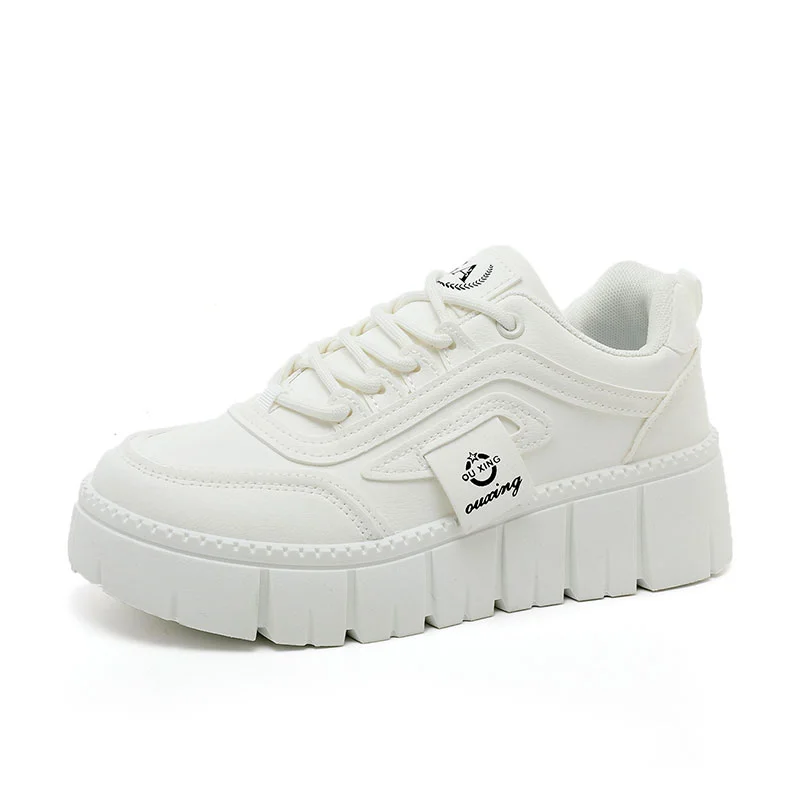When it comes to outdoor activities, whether hiking, camping, or simply enjoying a day in nature, the choice of clothing material can significantly impact your experience. The right fabric not only enhances comfort but also provides protection against the elements. In this article, we will explore the best materials to wear outdoors, considering factors such as breathability, moisture-wicking properties, insulation, durability, and environmental impact.
Understanding Outdoor Fabric Properties
Before diving into specific materials, it's essential to understand the key properties that make a fabric suitable for outdoor wear:
- Breathability: This refers to a fabric's ability to allow moisture vapor to escape, keeping you dry and comfortable. Breathable fabrics are crucial for high-intensity activities where sweat production is high.
- Moisture-Wicking: Fabrics that wick moisture away from the skin help regulate body temperature and prevent chafing. This property is particularly important in humid conditions or during strenuous activities.
- Insulation: For colder climates, insulation is vital. Materials that trap heat while allowing moisture to escape are ideal for maintaining warmth without overheating.
- Durability: Outdoor activities can be tough on clothing. Durable fabrics resist wear and tear, ensuring longevity and performance over time.
- Environmental Impact: With growing awareness of sustainability, choosing eco-friendly materials is becoming increasingly important. Fabrics made from recycled materials or those that are biodegradable can reduce your ecological footprint.
Top Materials for Outdoor Wear
- Merino Wool
Merino wool is a natural fiber that excels in various outdoor conditions. Its breathability and moisture-wicking properties make it an excellent choice for base layers. Unlike traditional wool, merino is soft against the skin, reducing itchiness. Additionally, it has natural odor-resistant properties, allowing you to wear it for extended periods without developing unpleasant smells. Merino wool is also effective in regulating body temperature, keeping you warm in cold weather and cool in warmer conditions.
- Synthetic Fabrics (Polyester and Nylon)
Synthetic fabrics like polyester and nylon are popular choices for outdoor clothing due to their durability and moisture-wicking capabilities. Polyester is lightweight, quick-drying, and resistant to shrinking and stretching, making it ideal for active pursuits. Nylon, on the other hand, is known for its strength and abrasion resistance, making it suitable for rugged outdoor activities. Many outdoor brands now offer blends of these materials with added features like UV protection and antimicrobial treatments.
- Gore-Tex and Other Waterproof Fabrics
For those venturing into wet conditions, waterproof fabrics like Gore-Tex are essential. These materials provide a barrier against rain and snow while allowing moisture vapor to escape, ensuring you stay dry from both external elements and internal sweat. Gore-Tex is often used in jackets and pants designed for hiking, skiing, and other outdoor activities where weather protection is paramount.
- Cotton (with Caution)
While cotton is a comfortable and breathable fabric, it is not always the best choice for outdoor activities. When wet, cotton retains moisture, which can lead to chilling in cold conditions. However, it can be suitable for casual outings in dry weather or as a layering option in combination with moisture-wicking base layers.
- Eco-Friendly Fabrics
As sustainability becomes a priority for many outdoor enthusiasts, eco-friendly fabrics are gaining traction. Materials like Tencel (made from sustainably sourced wood pulp) and recycled polyester are excellent alternatives. These fabrics not only reduce environmental impact but also offer comfort and performance comparable to traditional materials.
Conclusion: Making the Right Choice
Choosing the best material for outdoor wear depends on the specific activity, weather conditions, and personal preferences. Merino wool is ideal for base layers, while synthetic fabrics excel in durability and moisture management. For wet conditions, waterproof materials like Gore-Tex are indispensable. Lastly, considering eco-friendly options can help you make a positive impact on the environment while enjoying your outdoor adventures.
